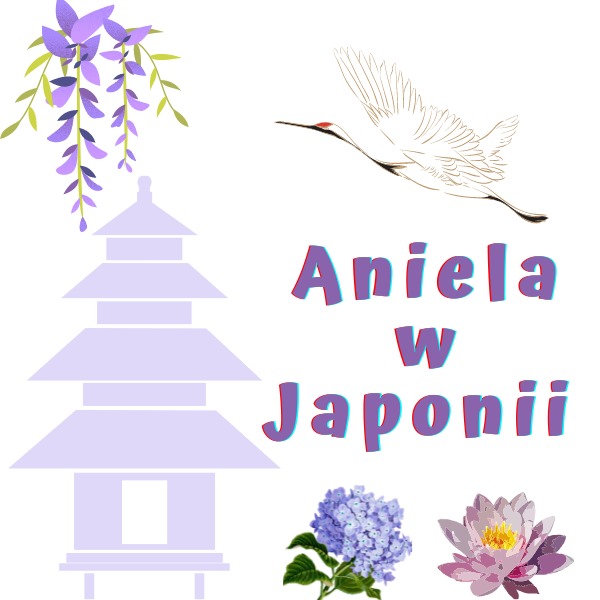.png)
2/27/2024
Stitch in Style: Sew the Perfect Peter Pan Collar | Free Pattern & Video Guide
Welcome to the enchanting world of sewing where I bring timeless fashion to your fingertips. Today, I'm thrilled to share my latest creation: a Peter Pan collar that’s perfect for sprucing up any outfit. Whether you’re a confident beginner or a seasoned seamstress, my step-by-step video tutorial will guide you through the process with ease. Plus, I've included a free pattern to help you get started!
.png)
Join me as we delve into the details of sewing this chic and versatile collar. Let’s thread our needles and set off on this stylish adventure together!
Materials & Tools Needed:

- A sewing machine, you’ll need a sewing machine that can handle different types of stitches, such as straight, zigzag, or overlock.
- Thread , learn more on threads
- Scissors. learn more on using scissors
- Pins
- Measuring tape
- Seam ripper, learn how to use it here.
- Iron and ironboard
- PDF pattern for Peter Pan collar
- Main fabrics, read more on fabrics here
- Lining fabric, check out my detailed post on best lining fabrics.
- Interfacing (optional)

You will also need a magnetic seam guide or a magnet to help you sew evenly
Self Draft Dream Pattern For Peter Pan Collar
Are you interested in making your own peter pan collar pattern and giving it a personal touch? Then you'll definitely enjoy this tutorial! I've put together a simple video and blog post that will guide you through the process with helpful tips and tricks.
Click here to watch the video.
How to Gather Fabirc
If you decide to sew Peter Pan collar with charming ruffle, you need to learn fabric gathering. Watch my video tutorial and create the most amazing ruffles for your dream collar.
How to Sew Straps
.JPG)
Check out my super easy video and post tutorial on how to sew straps for your peter pan collar .
Watch the Video Tutorial
If you're interested in learning how I made this amazing peter pan collar, head over to my YouTube channel and watch the video tutorial. I'll walk you through the steps of sewing a peter pan collar and also share some useful tips and tricks.
You can watch the video here.
Make sure to give a thumbs up, leave a comment, and hit that subscribe button on my channel to get more sewing tutorials. And if you decide to make this top, don’t forget to share it with me on Instagram or Facebook. I’m really exc
Get the Pattern
How to Style Peter Pan Collar
Styling a Peter Pan collar can add a touch of whimsy and vintage charm to your outfit.
Create Your Signature Look with a Peter Pan Collar
The Everyday Classic:
.png)
Start with a basic white Peter Pan collared blouse—a wardrobe staple. Pair it with your favorite high-waisted jeans and heel sandlas for a timeless look.
Office Elegance:
.png)
Elevate your work attire with a sleek Peter Pan collared dress. Accessorize with a statement watch and classic pumps for a polished finish.
Evening Charm:
.png)
For a night out, choose a Peter Pan collared top with lace detailing. Combine it with a chic midi skirt and elegant heels to turn heads.
Layered Sophistication:
.png)
Layer a fine-knit sweater over your Peter Pan collar shirt for a preppy vibe. Add tailored trousers and loafers to complete the ensemble.
Casual Weekend:
.png)
Mix comfort with style by wearing a Peter Pan collared tunic. Match it with leggings and casual sneakers for an effortless weekend outfit.
Remember, the key is to choose high-quality fabrics to maintain the collar’s structure and ensure it lays flat for the best effect. Enjoy experime
Ready Peter Pan Collar !
Congratulations on completing your very own Peter Pan collar! I hope you found our tutorial helpful and that you’re inspired to continue exploring the wonderful world of sewing. Don’t forget to download the free pattern and watch our detailed video tutorial for more tips and tricks.
Thank you for joining me on this fashionable journey. Keep an eye on my blog for more sewing projects and tutorials that will help you elevate your crafting skills. Until next time, happy sewing!
This post has affiliate links * Affiliate Link. This means that if you click on the link and purchase an item, I will receive a small percentage of your purchase (at no extra cost to you).

.png)
.png)

.png)
.png)
.png)






.png)
.png)
.png)
.png)










